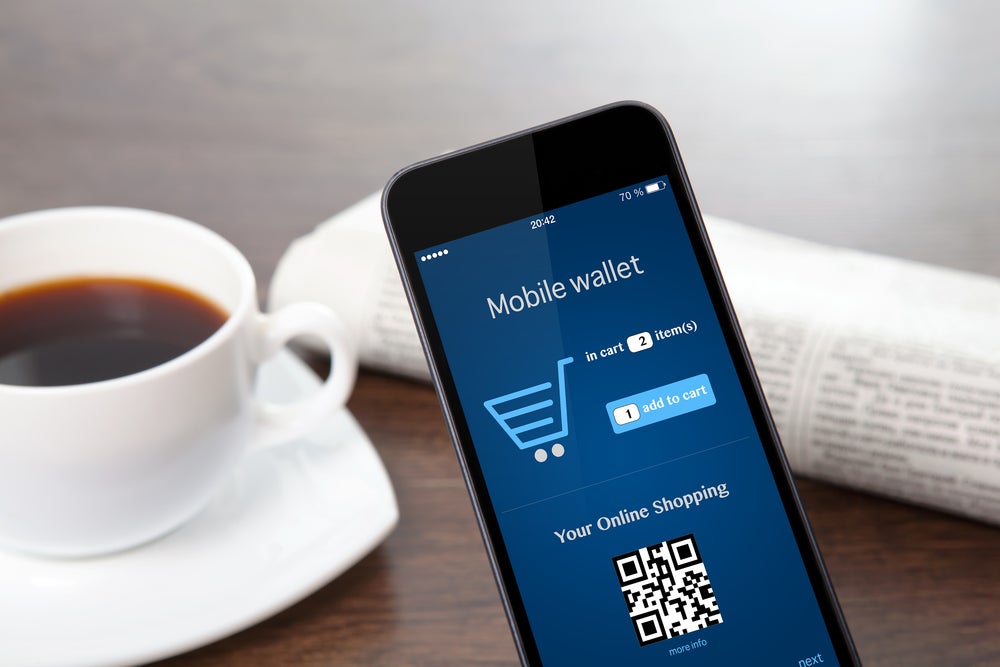
The European Payments Initiative (EPI), an international initiative aiming to build a future-proof payments system for use across Europe, is set to develop a digital wallet called ‘Wero’. The launch of the wallet app will be piloted in Belgium, France, and Germany in early to mid-2024 and functionality will include fast payments, peer-to-peer (P2P) transactions, online shopping support, and loyalty programmes.
The solution aims to become a new standard in payments for European consumers and merchants across all types of retail transactions including in-store, online, and “peer-to-peer”. In time, the app could hold other payment methods issued by third parties too, as well as facilitate the wide range of other services that EPI will integrate into the payment flow.
Whilst it seems the EPI could create a meaningful payment alternative that is widely embraced, what are the challenges that need to be overcome to make it a reality? And what can the EPI learn from other digital wallet networks that have seen remarkable success in other regions?
Mirroring Asian models
With the broad scale of the EPI’s digital wallet project, it is tempting to draw parallels with other digital wallet networks spanning large populations and regions, particularly those that have found great success in Asia. For example, Singapore has developed various with countries like Indonesia and Malaysia to enable cross-border QR code payments from digital wallets between the regions. To add to this, Unified Payments Interface (UPI), India’s home-grown payment system, has emerged as the front-runner among all the modes of digital payments. Having launched in 2016, UPI has accrued 260 million users in a population of 1.4 billion and has been a decisive factor in India’s embrace of cashless payments thanks to its ease of use and interoperability.
It’s important to remember however that not all the initiatives in Asia will work in an EU-wide digital wallet solution. Although the markets operate under the same currency, they are all separate countries with differing consumer behaviours, digital infrastructure, and payment methods of preference. For example, the payments landscape of France is vastly different to that of Romania. As such, the EPI will have unique challenges in developing an interconnected e-wallet network and share more similarities with international digital payments partnerships, such as those developed in Singapore, than the giants within the e-wallet payments space, like China’s WeChat Pay.
Nevertheless, the EU could draw inspiration from some Asian implementations, like India’s previously mentioned UPI. Although a single country, technology and demographics are hugely diverse in India and mirror the EU’s scale and spectrum of banks, cultures, affluence, and education. Therefore, merging banking features, fund routing and merchant payments across Europe into a single platform, just as has been achieved through the UPI, could reflect India’s model if merged with international payments partnership strategies to overcome the hurdle of internal borders.

US Tariffs are shifting - will you react or anticipate?
Don’t let policy changes catch you off guard. Stay proactive with real-time data and expert analysis.
By GlobalDataOvercoming Roadblocks
The EPI will have to overcome several hurdles to deploy a cross-border digital wallet solution effectively. A large proportion of these challenges will be derived from the difficulties of implementing a service across borders, such as requiring sufficient ecosystem engagement and support from all countries. This could be tricky to develop, given the differing education patterns, technology integration and device disparity over the region. All these factors will need to align to keep customer adoption rates growing across all countries.
In addition, the EPI will likely face some challenges in driving the necessary regulatory changes and mandates through the EU system. What’s more, given that the digital wallet project poses a threat to payment giants’ card rails, and therefore their revenues, these organisations are likely to put up barriers in an attempt to reduce the EPI’s adoption and efficiency.
Is Europe ready?
As previously mentioned, there are vastly differing technological circumstances across the continent. This disparity means that some countries will be far more prepared for e-wallet integration than others, such as those where card payments are king, and cash has been largely phased out. These countries already have prominent digital payment solutions and network rails set up, such as France’s Cartes Bancaires or Germany’s Girocard, which will greatly ease integration when it comes to a digital wallet network.
However, for all countries, the trajectory of digital payments replacing cash is very positive. For example, Romania’s cards and payments market size is set to achieve an annual growth rate of 11% looking towards 2025. Similarly, we shouldn’t be disheartened by markets that appear to be behind the curve, given the pace at which change can take place. Digital payments in India, a country with a vastly larger population, grew 2.5 times in volume between FY20-21 and FY22-23, for instance.
Moving Europe into the future
The effects of an EU-wide digital wallet network will be transformational for in-store and online commerce, pushing omnichannel commerce forward in all markets. Blending the digital and in-person shopping experiences will enhance the customer experience for consumers and, in doing so, drive sales for merchants and retailers.
While the path to a Europe-wide digital e-wallet is not going to be smooth, it offers a chance for Europe to build on its payment technology credentials and take the lead in the adoption of open banking technology. Most importantly, the EPI presents an opportunity to create an exemplary digital wallet solution that provides consumers and merchants with secure, convenient mobile payment options. It’s an opportunity that I hope those involved grab with both hands.
Alan Irwin is Vice President of Product and Solutions, Europe, Global Payments







